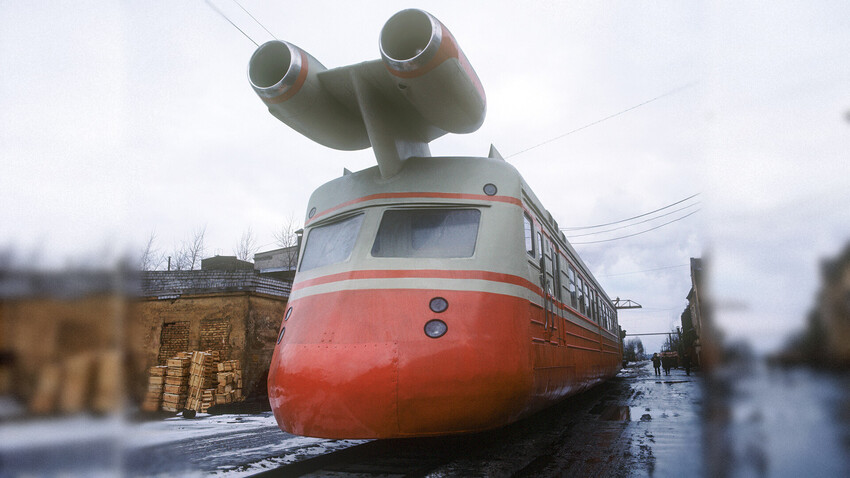
Back in the 1970s, Soviet engineers tried to set a new record for train speed by attaching a jet engine to it. The project was called “The speedy wagon laboratory”.
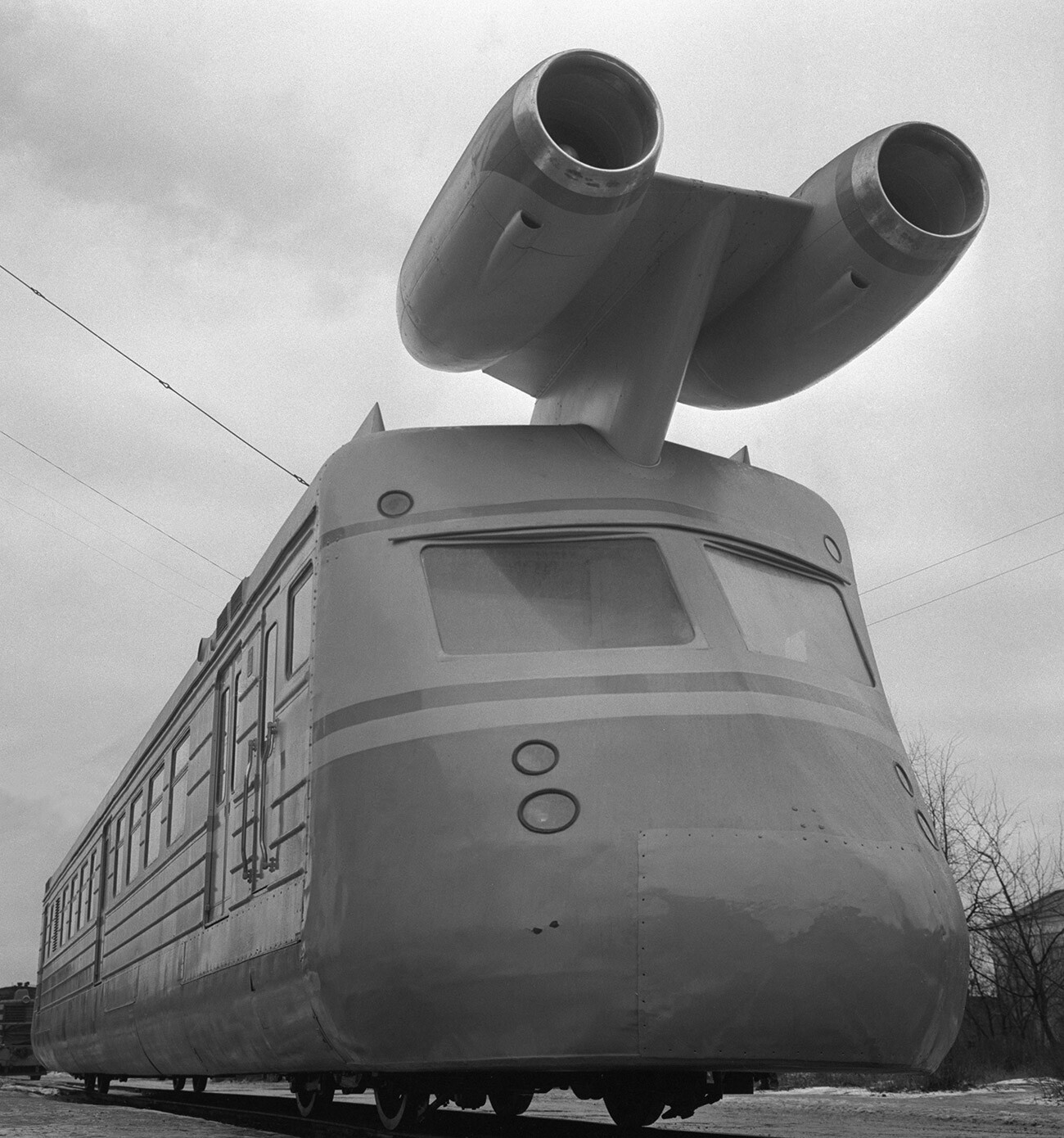
The very idea of trains capable of ‘flying’ had intrigued and perplexed Soviet scientists and inventors throughout the entire 20th century. Initially the project proved a success. They managed to build a car that ‘flew’ along the rails at 250 km/h. Nevertheless, it was never mass produced. Why? And what did it look like?
Soviet engineers first tried to make a train ‘fly’ along the rails 100 years ago when Valerian Abakovsky, an ordinary chauffeur from the town of Tambov, about 460 kilometers from Moscow, asked to let him work at the Tambov Railway Works. In the early 1920s, Abakovsky designed an aero-wagon all by himself: he literally bolted a propeller to a railroad car and installed an airplane engine on it.
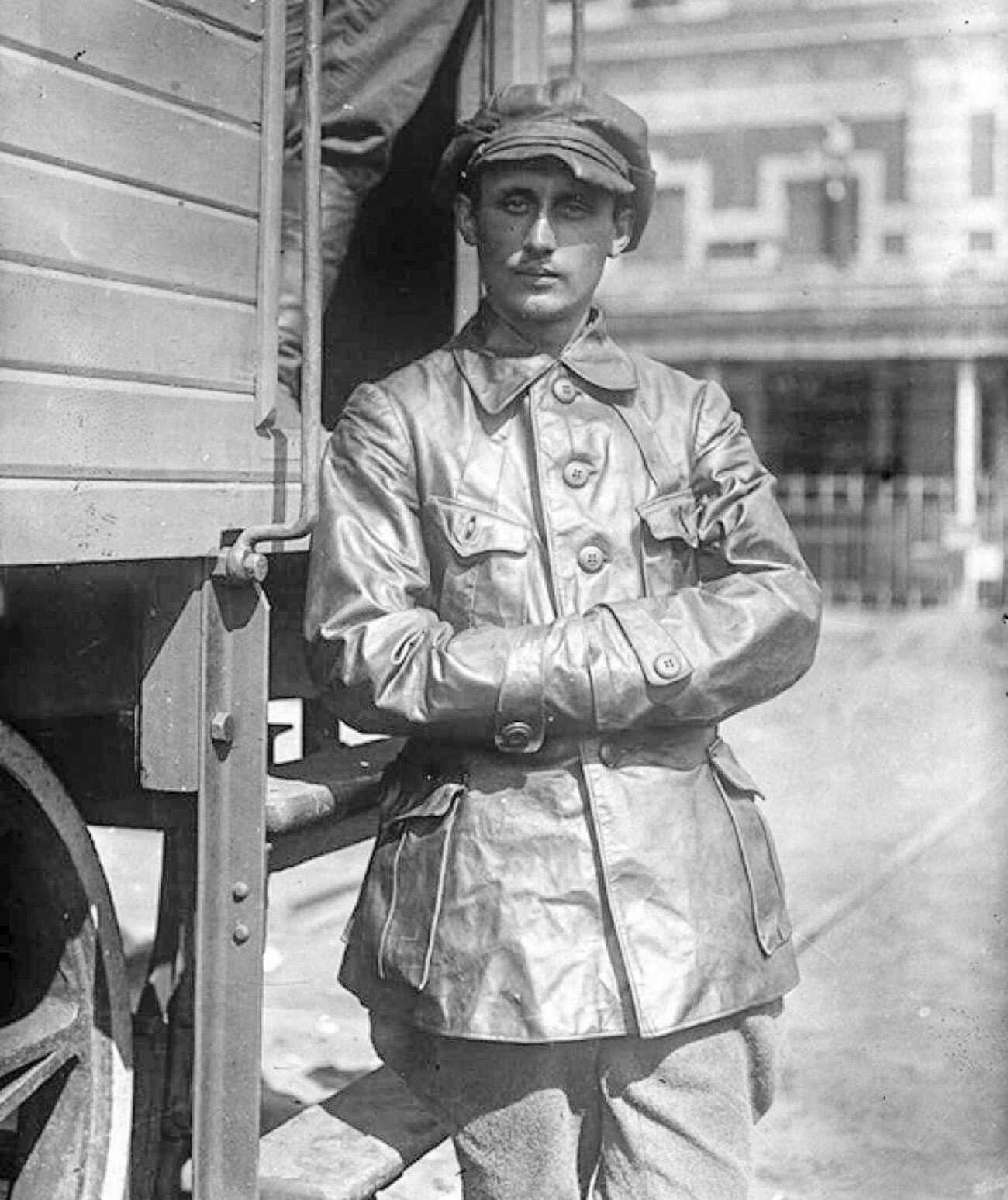
Valerian Abakovsky
Public domainRead more:USSR’s first AEROWAGON - and the dark story behind it
Abakovsky’s wagon reached a speed of up to 140 km/h - something unheard of before. By the summer of 1921, the wagon had traversed over 3,000 kilometers. The design was deemed successful and used for transporting particularly important people.
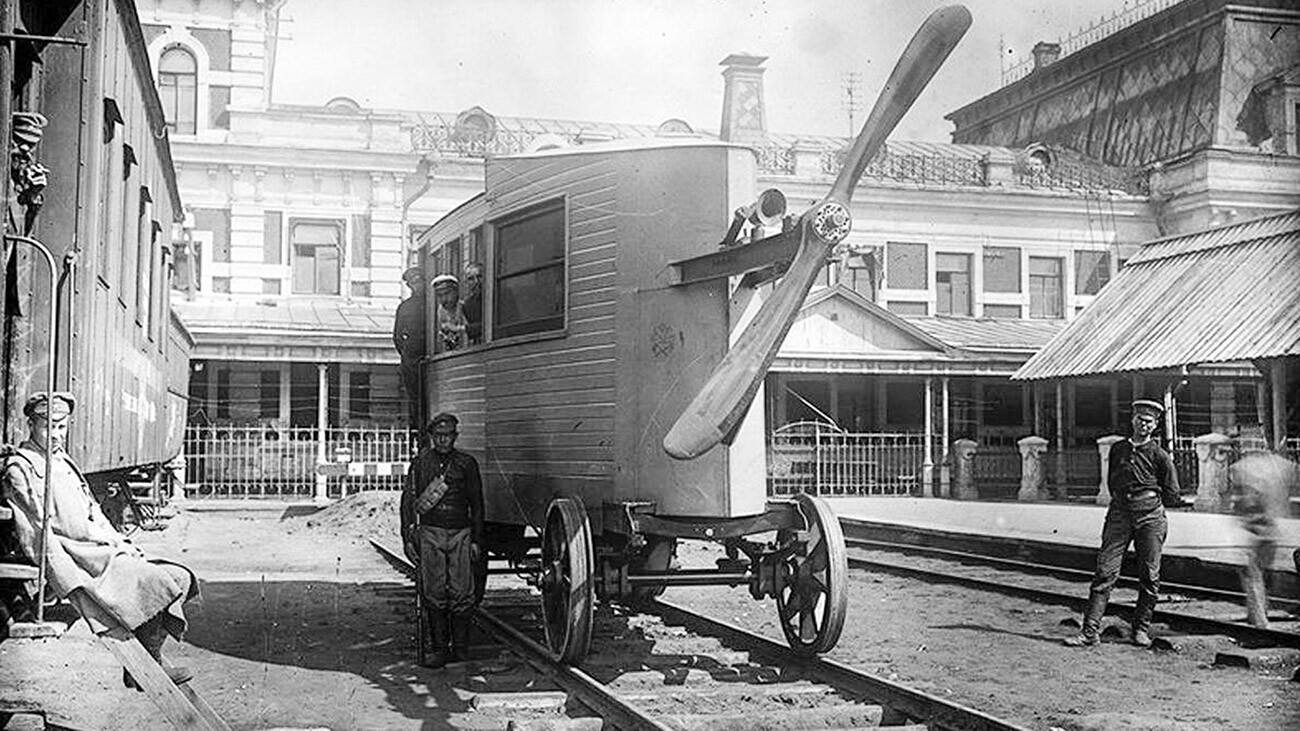
Abakovsky’s wagon
Public domainIn the morning of July 24, 1921, Abakovsky took a delegation of foreign communists to visit Soviet mine workers. The journey went smoothly, with the aero-wagon moving at 45-45 km/h. Yet, on the return trip, the delegation decided to speed up. Having accelerated to 85 km/h, the aero-wagon flew off the rails at full speed and broke into pieces, leaving six of the 22-member delegation dead.
“The speedy wagon laboratory” became the USSR’s second attempt to design a high-speed train. Moreover, at this time in 1966, the U.S. was conducting similar tests: the New York Central Railway had its M-497 project, codenamed “Black Beetle”. This made it possible for a train weighing 51.3 tons to reach the speed of 296 km/h.
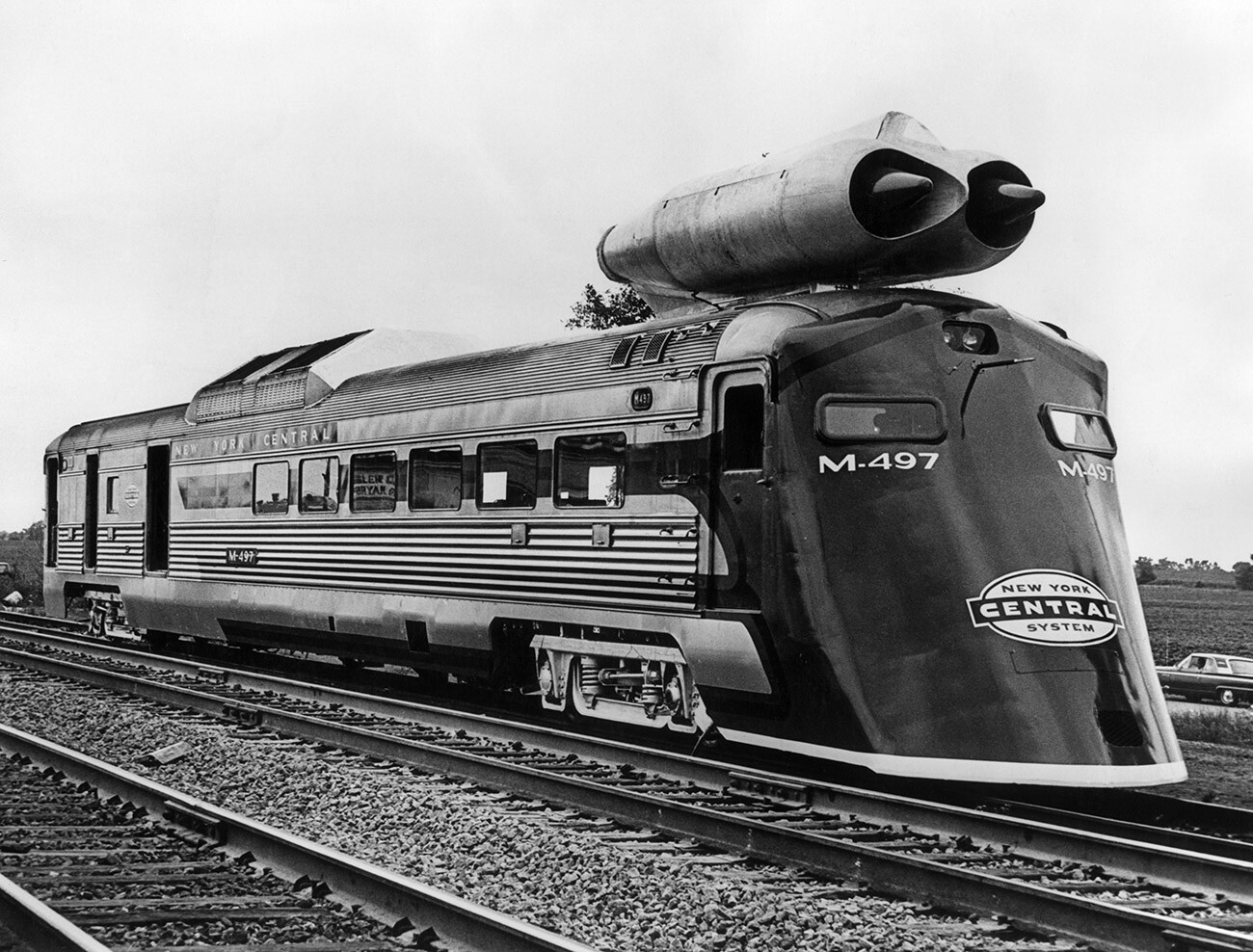
“Black Beetle”
Central Press/Getty ImagesThe Soviet Union didn’t want to lag behind. In the 1960s, the Kalininsky Carriage Works designed its own train based on the ER22 electric train carriage. A couple of AI-25 engines, which were used in what was then the cutting edge Yak-40 airplane, were installed and utilized.
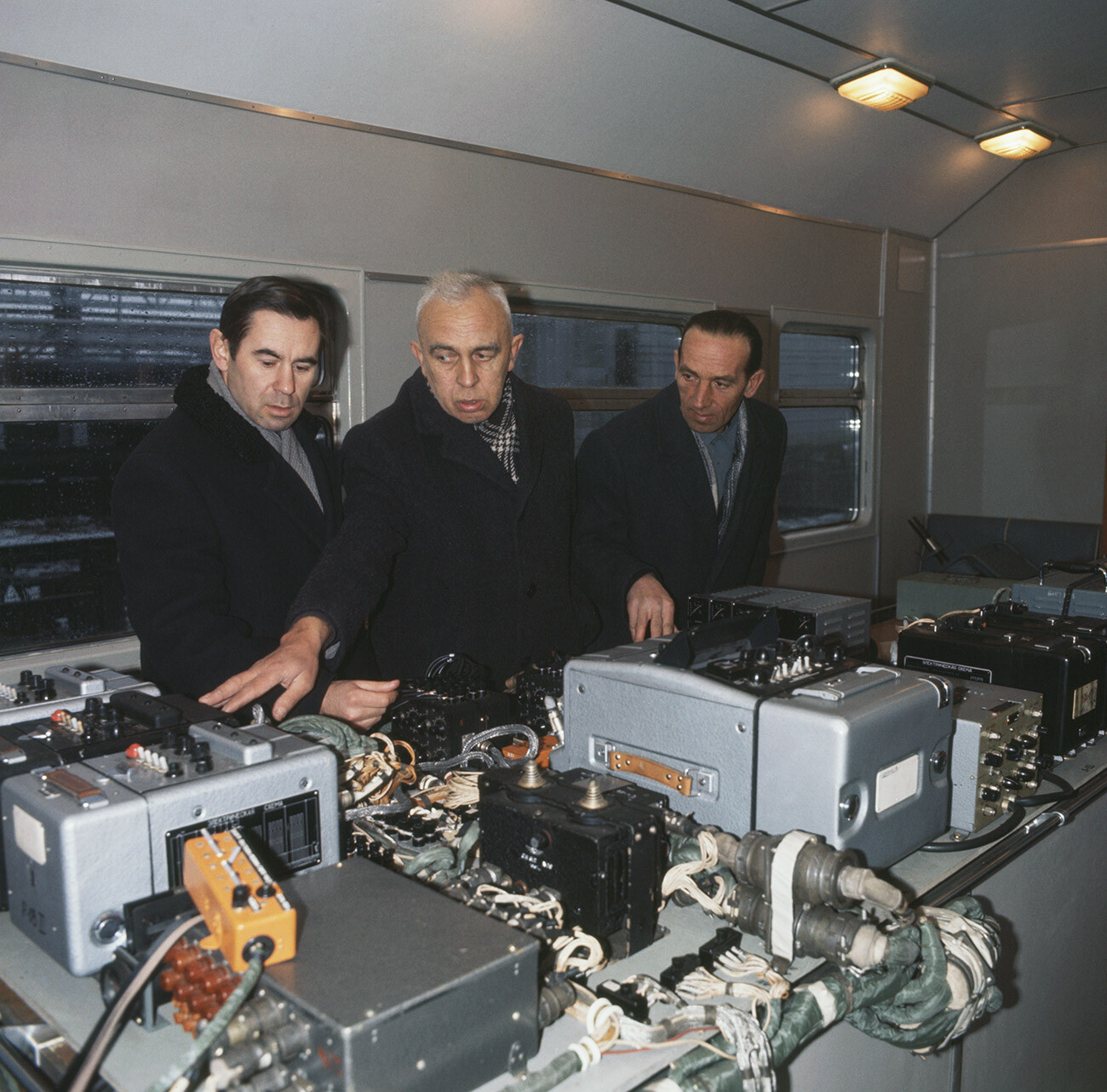
Сreation of the Speedy wagon-laboratory
TASSTo reduce the air resistance, nose and tail cones were installed on the wagon. In addition, the brakes were substantially upgraded, as they had to withstand a huge load when the engines were started. The tests were conducted in a wind tunnel, for which 15 different mock-up models of the wagon were built.

The wagon was ready on October 20, 1970. Weighing 59 tons, with the supply of kerosine accounting for six of those tons, in merely 10-15 seconds it reached the speed of 50 km/h, and then on to a record speed of 249 km/h (274 km/h, according to others).

This was the maximum possible speed for iron tracks. However, this experimental project wasn’t destined to become the first high-speed train.
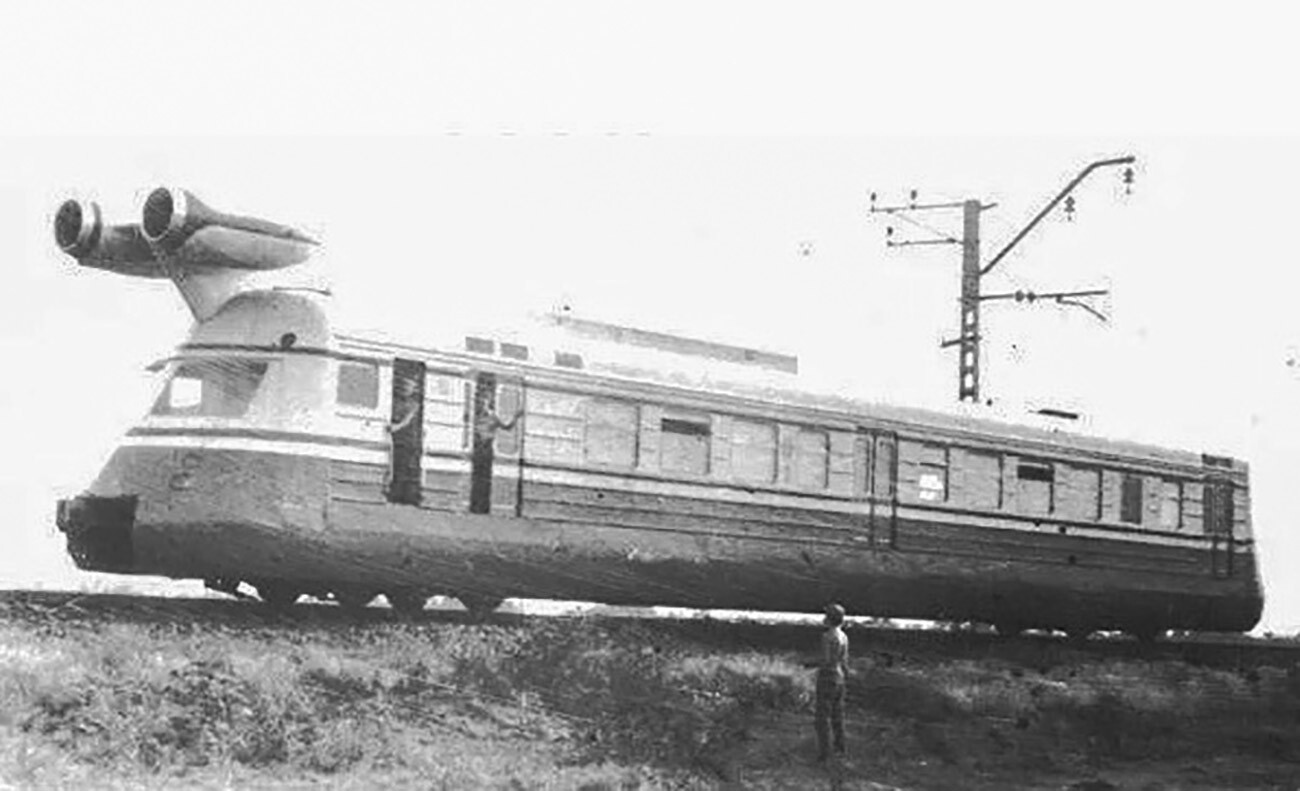
There were several reasons for this failure to become the world’s first high-speed train. Firstly, the railway was not able to handle high-speed trains and required major upgrading. For example, the railroad was secured by gravel, and for it not to be blown away, it would have had to be replaced with concrete fixtures.
Secondly, boarding areas and station terminals would need drastic improvements, and would have to be moved much farther from residential areas due to the engine noise levels.
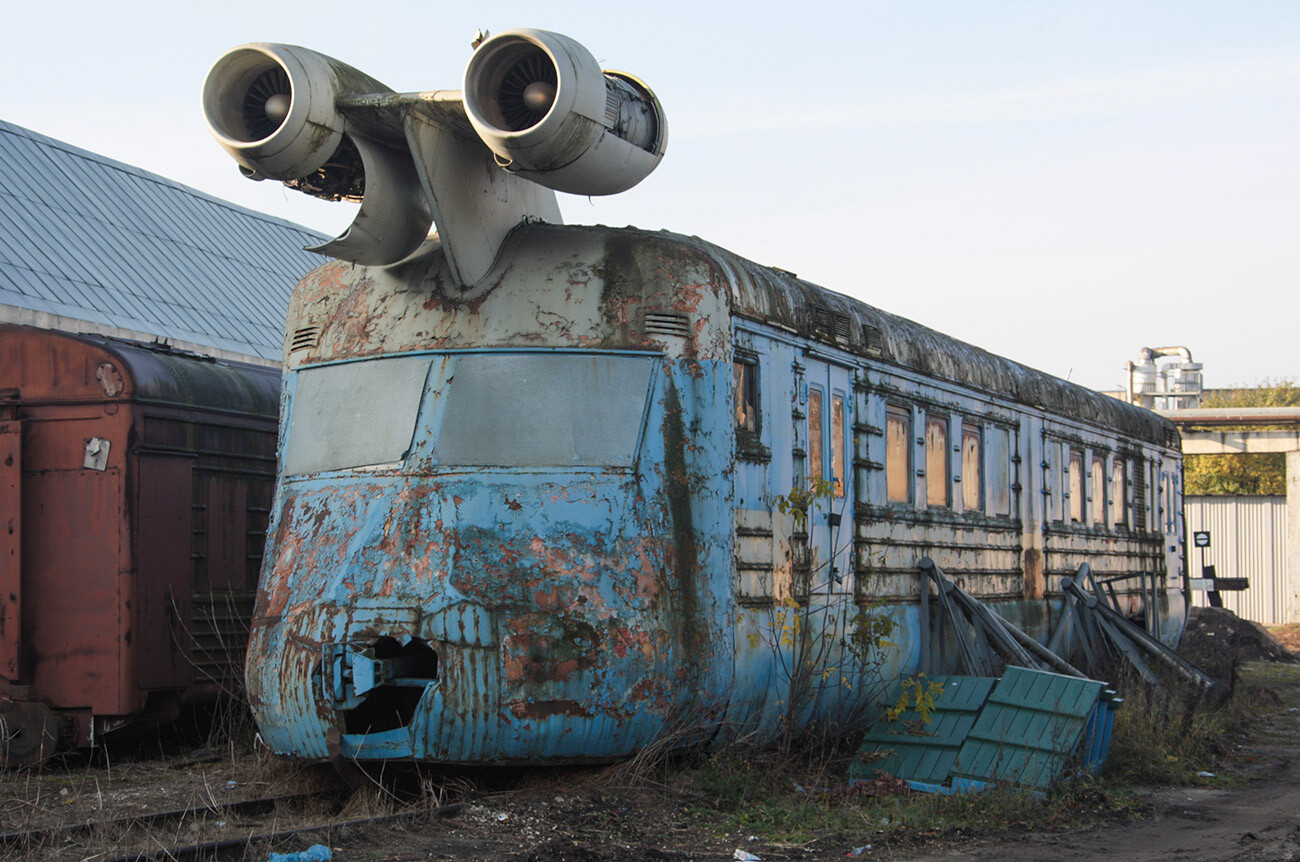
“The speedy wagon-laboratory” program came to an end by 1975, having been deemed completed. While potentially new railways and stations made the project economically unviable, in the end it was not totally useless.
The jet-propelled wagon became the source of valuable information about how trains would operate at extremely high speeds. Later on, this information was used to build “Russian troika” cars.

As for “The speedy wagon-laboratory”, it was mothballed and eventually began to gather rust at the station of Doroshikha in the Tver Region.
Only in 2008 was this experimental train once again remembered. The wagon nose with the jet engine atop was removed, then painted, and installed as a commemorative stele in honor of the 110th anniversary of the Tver Carriage Works (formerly - Kalininsky).
If using any of Russia Beyond's content, partly or in full, always provide an active hyperlink to the original material.
Subscribe
to our newsletter!
Get the week's best stories straight to your inbox